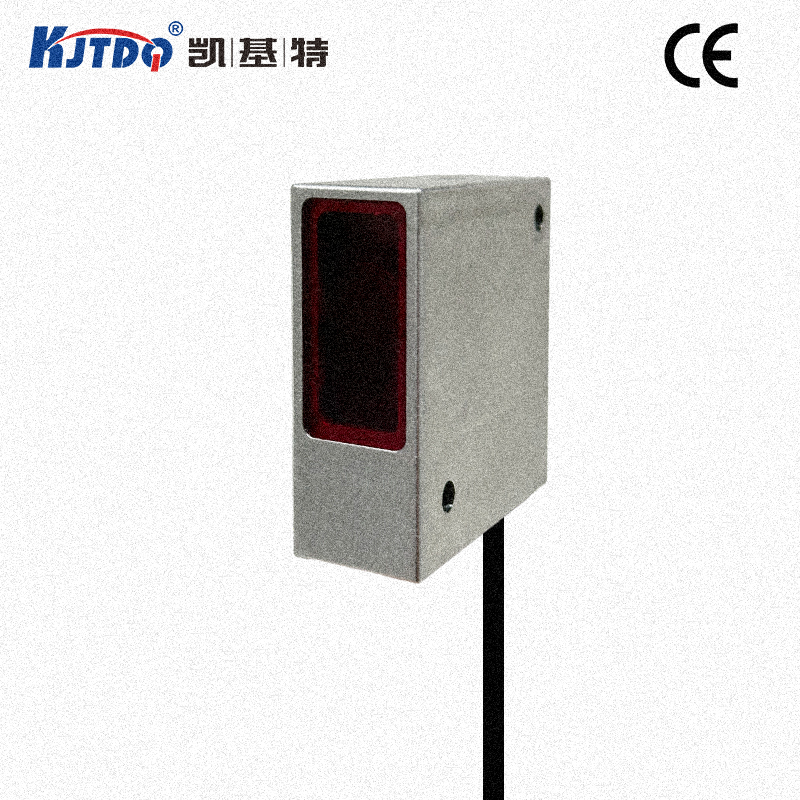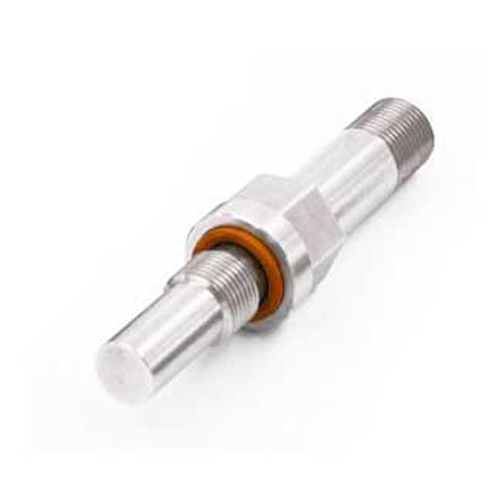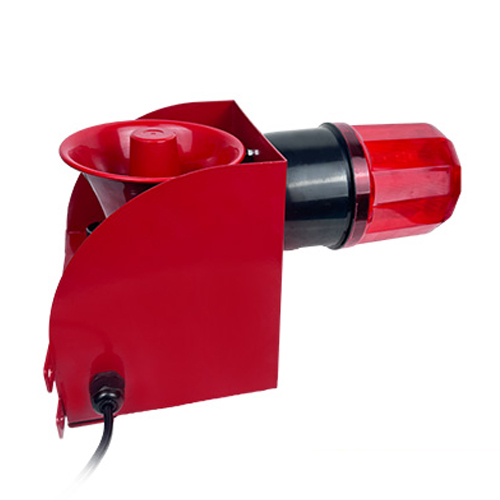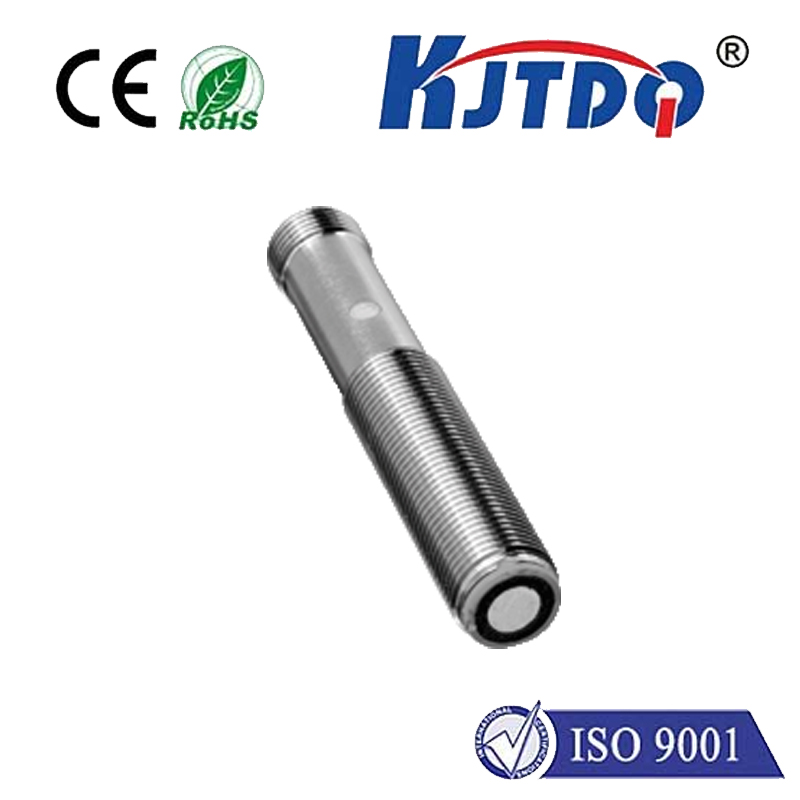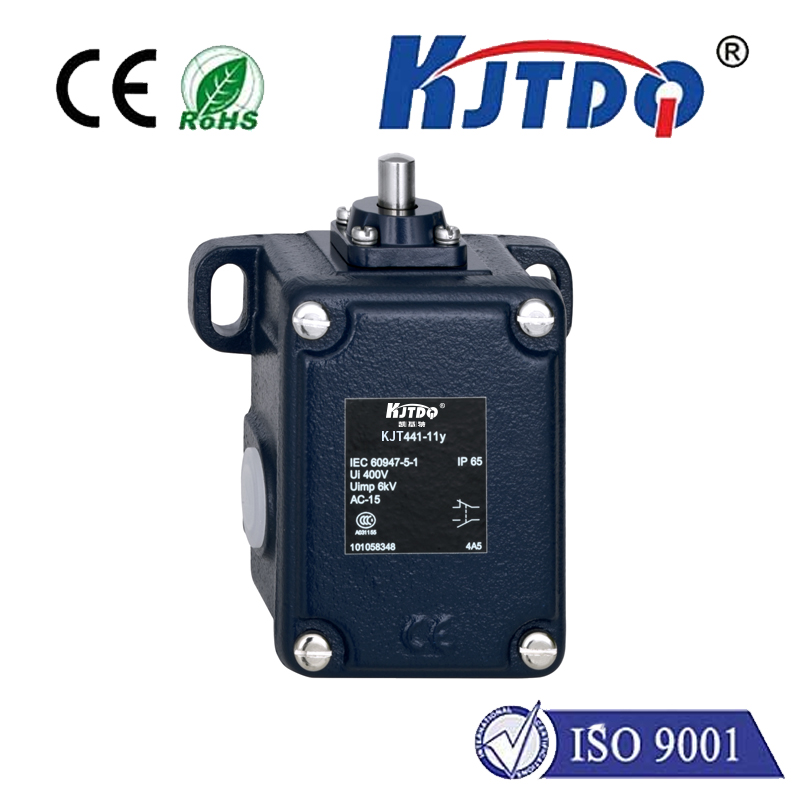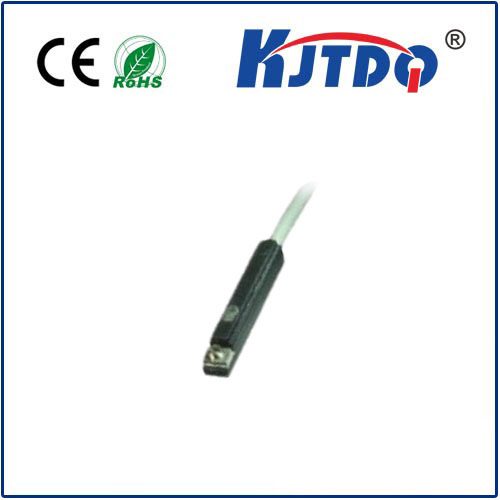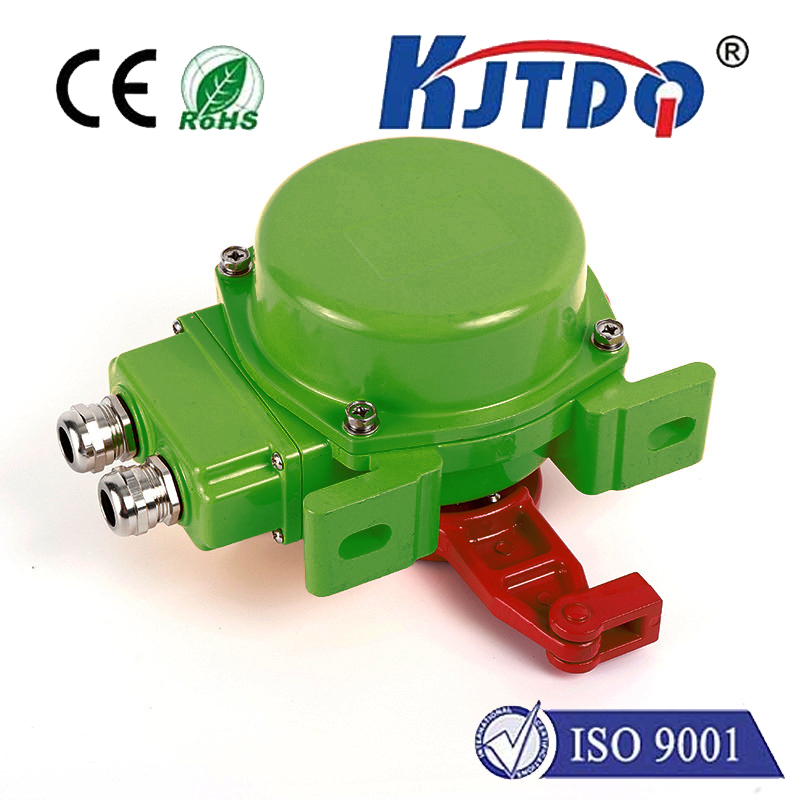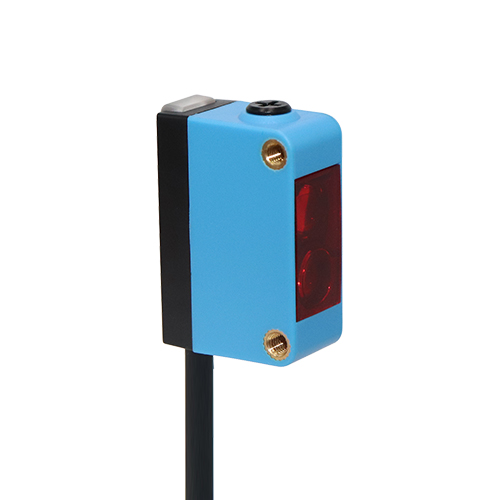

check

check

check

check
Technology is quietly penetrating into our lives. For example, automobile active safety systems can detect the distance, relative speed, relative azimuth and other information between the host vehicle and the target vehicle through ranging radar to realize intelligent transportation. And a laser ranging sensor is usually installed on the top of the sweeping robot, which is equivalent to the "eyes" of the sweeping robot, allowing the robot to accurately avoid obstacles and clean the room.
Distance sensor generally refers to any sensor that can measure distance. At present, distance sensors are usually divided into ultrasonic ranging sensors, laser ranging sensors, infrared ranging sensors, radar sensors, etc. according to the energy beams they emit.
1,
Time of Flight (TOF) sensor: Determines the distance between an object and the sensor by sending a pulse of light and measuring the time it takes for it to return. A laser transmitter is typically used to send light pulses to a target object, and a receiver measures the time it takes for the light pulse to return. Based on the speed of light propagating in the air, the TOF sensor can calculate the distance between the object and the sensor.
TOF sensor
TOF sensor applications: robot navigation, smartphones, autonomous driving, security monitoring, indoor navigation and other fields. Its high-precision ranging capabilities make it one of the preferred sensors in many applications.
advantage:
· High accuracy: Using light pulse and time measurement, high ranging accuracy can be achieved.
· High-speed measurement: TOF sensors can quickly send and receive light pulses, making measurements faster.
· Wide range: TOF sensors can measure a large distance range, ranging from a few centimeters to hundreds of meters, and are suitable for different application scenarios.
· Suitable for indoor and outdoor use: The performance of the TOF sensor is not affected by indoor and outdoor ambient light and is suitable for measurement under various lighting conditions.
Multifunctional: TOF sensors can be used to measure distances, detect the presence of objects, perform gesture recognition and other applications.
2,
Laser ranging sensor: A device that measures the distance between an object and the sensor, using the characteristics of the laser beam to measure distance. Laser ranging sensors usually consist of a laser transmitter, a receiver and a processing unit.
Laser ranging sensor
Laser ranging sensor applications: construction engineering, surveying and mapping, robot navigation, security monitoring, driverless driving and other fields, providing high-precision and reliable distance measurement solutions.
advantage:
· High accuracy: Laser ranging sensors can provide high ranging accuracy.
Multifunctional: In addition to measuring distance, some laser ranging sensors can also provide other functions, such as detecting the presence of objects, measuring speed, etc.
· Long-distance measurement: Some laser ranging sensors can achieve long-distance measurement and can be used in various indoor and outdoor applications.
· High-speed measurement: Laser ranging sensors can perform measurements quickly and are suitable for applications requiring high-speed response.
3.
Ultrasonic ranging sensor: a sensor that uses ultrasonic waves as an energy source to measure distance. It is relatively fast, convenient to use, simple to calculate, easy to achieve real-time control, and can meet industrial practical requirements in terms of measurement accuracy. Therefore, it is widely used in the development of mobile robots. It has also been widely used. Ultrasonic ranging sensors usually consist of an ultrasonic transmitter, a receiver and a processing unit.
Ultrasonic distance sensor
Ultrasonic ranging sensor applications: robot navigation, logistics and warehousing, car parking assistance, industrial automation, security monitoring and other fields.
advantage:
· Non-contact measurement: Ultrasonic ranging sensors can measure without contacting objects, and are suitable for measurement of liquids, powders and other objects that are susceptible to contamination.
· Accurate detection: Ultrasonic ranging sensors have high measurement accuracy and stability.
Multifunctional: In addition to measuring distance, some ultrasonic ranging sensors can also provide other functions, such as detecting the presence of objects, detecting the speed of objects, etc.
Ultrasonic sensors can work in different environments, such as indoors, outdoors and harsh environments.
4.
Infrared sensor: uses the characteristics of infrared to measure distance. Infrared ranging sensors usually consist of an infrared transmitter, receiver and processing unit.
Infrared sensor
Applications of infrared ranging sensors: robot navigation, smart home, logistics and warehousing, security monitoring and other fields.
advantage:
· Non-contact measurement: Infrared ranging sensors can measure without contacting objects, and are suitable for measurement of liquids, powders and other objects that are susceptible to contamination.
· Fast measurement: Infrared ranging sensors have fast measurement speed and are suitable for applications that require fast response.
· Small size: Infrared ranging sensors are usually small in size and can be easily installed in various devices.
· High reliability: Infrared ranging sensors have high measurement accuracy and stability.
5.
Radar ranging sensor: It is a sensor based on radar technology and is used to measure the distance between an object and the sensor. Radar is a radio wave transmitting and receiving system that measures the distance and position between an object and a sensor by transmitting and receiving radio frequency signals.
radar sensor
Radar ranging sensor applications: aviation, navigation, traffic monitoring, weather prediction, military applications and other fields. It can achieve long-distance measurement and target detection, and has advantages in low energy consumption and multi-target tracking.
Radar ranging sensors can be divided into different types according to frequency range, such as microwave radar, millimeter wave radar, etc. They have a large ranging range, high accuracy and reliability, and are not affected by environmental factors such as light and weather.
